Antoni Gaudí’s Architecture in Barcelona
Antoni Gaudí’s Architecture in Barcelona
If you’ve ever been to Barcelona, you’ve most certainly heard of, and seen the works of, the renowned architect Antoni Gaudí. Famous for his works in the Catalan Modernism style, let’s find out more about him, his life and the works he dedicated himself to.
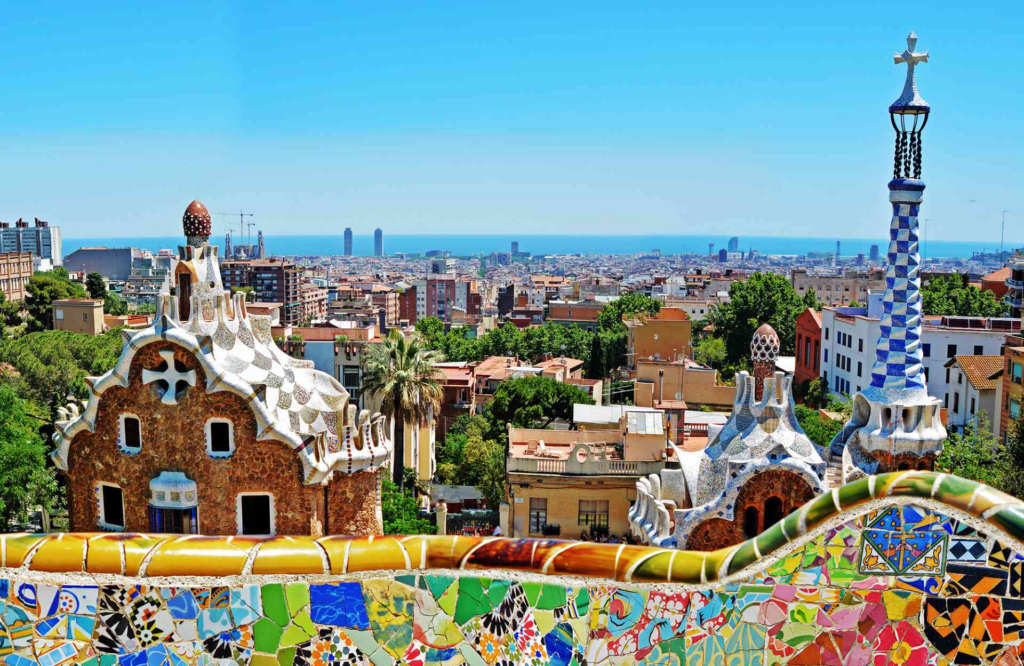
The life of architect Antoni Gaudí
Born in the Catalonia region of Spain in 1852, as a child Antoni Gaudí suffered from a number of health complications. While most kids would be disappointed to have to spend their time resting, Gaudí used the opportunity to begin studying the nature around him, which would later serve as inspiration for much of his architecture.
Antoni Gaudí moved to Barcelona around 1870 to begin his studies in architecture before graduating in 1878. At the time of his graduation, the Director of the School of Architecture, Elies Rogent, proclaimed “I do not know if we have awarded this degree to a madman or to a genius; only time will tell.” I think we can all agree the latter proved to be true.
Over his career, Antoni Gaudí was responsible for a wide variety of projects, many of which were completed, some were never started, and one is still in progress today! Seven of these unique and eclectic works have now been recognised by the UNESCO World Heritage list.
Antoni Gaudí passed away suddenly in 1926 at the age of 73, after being struck by a tram on the streets of Barcelona. The loss of such an icon was felt by many, with a huge crowd there to bid him farewell in the crypt of his greatest achievement, La Sagrada Familia.
Antoni Gaudí’s architectural legacy in Barcelona
Casa Vicens (1883-1885)

Casa Vicens was the first major project completed by Antoni Gaudí in Barcelona. Commissioned by Manel Vicens i Montaner, as a relatively young architect, Antoni Gaudí was entrusted to build a summer house for the Vicens family. Influenced by oriental design, this fabulous home now serves as a museum dedicated to showcasing the incredible work.
Güell Palace (1886-1888)
Güell Palace (1886-1888)
Güell Palace, or Palau Güell, was the first of a number of commissions made by the industrialist Eusebi Güell i Bacigalupi. The palace is centred around the main room which was purpose-built for entertaining high society guests
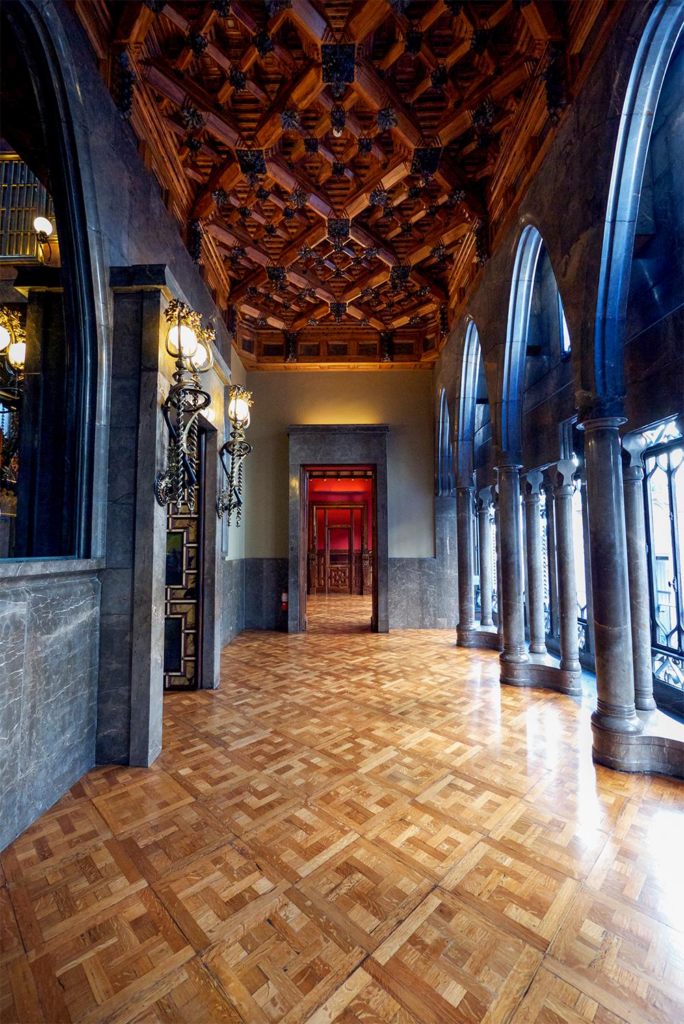
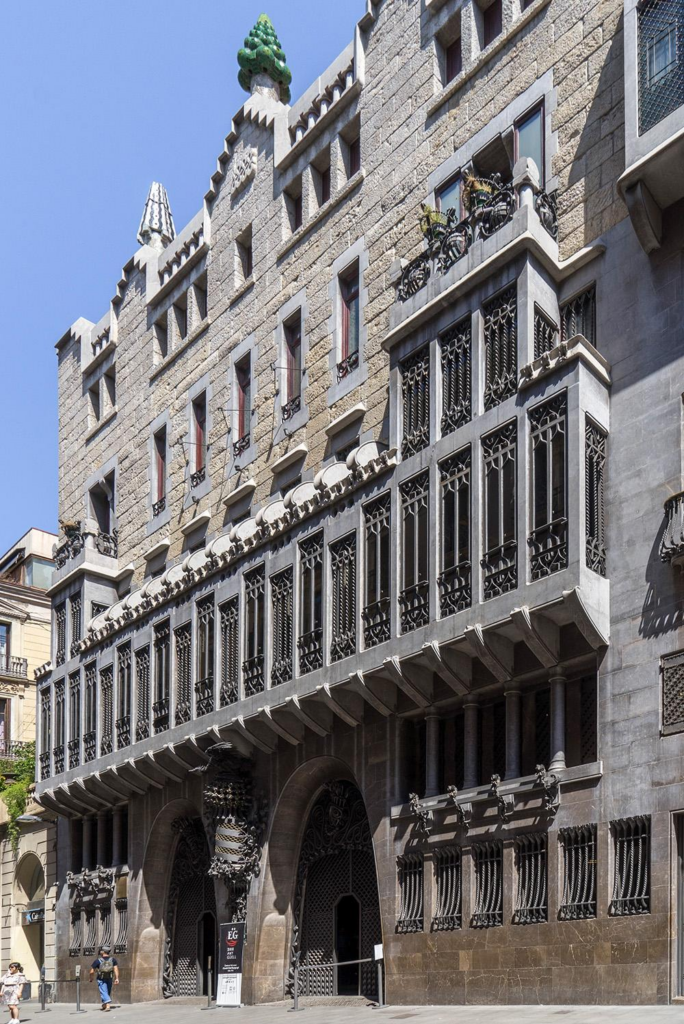
Colegio de las Teresianas (1888-1890)

Built during Gaudí’s neo-Gothic period, Colegio de las Teresianas, was actually first commissioned to another architect. Antoni Gaudí took over the design and architecture once the first floor had already been built, reimagining what the remaining floors would look like.
Casa Calvet (1898 – 1899)

Known for being one of his more conservative works, Casa Calvet was designed as both a private residence and business premises for textile manufacturer Pere Màrtir, and in 1900 it was awarded the prize of the best building of the year by the Barcelona City Council.
Casa Batlló (1904 – 1906)

Known locally as Casa dels ossos, or the House of Bones, Casa Batlló has an organic, skeletal quality to it. Much of the outside of the building is covered in colourful mosaic, and the arched roof has often been compared to the back of a dragon. Its truly unique façade makes it easy to see why it is considered one of his masterpieces.
Torre Bellesguard (1900-1909)
Inspired by a medieval castle built for the King of Aragon on the same site in the 15th century, Torre Bellesguard uses a rectilinear style rarely seen in his other work.
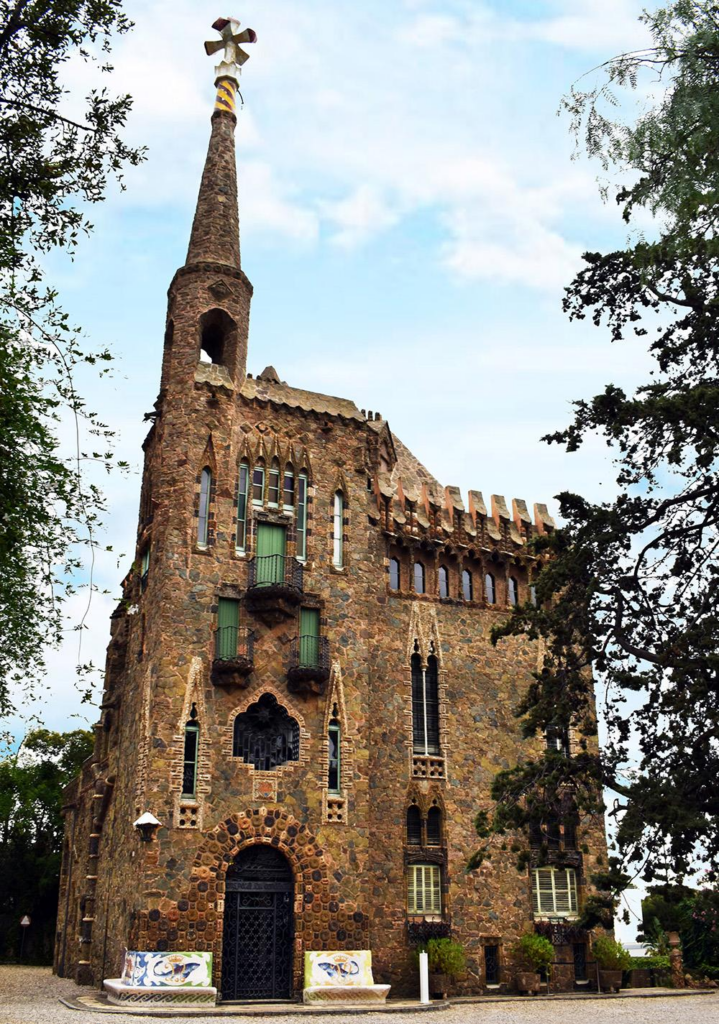
Casa Milà (1906 – 1912)


Often referred to as La Pedrera, or the stone quarry, Casa Milà has a rough-hewn look, similar to that of an open quarry. Antoni Gaudí, ignoring the rules of conventional style, caused controversy with his design, and both he and the building’s owner, Pere Milà, were subject to much ridicule from the people of Barcelona.
Park Güell (1900 – 1914)
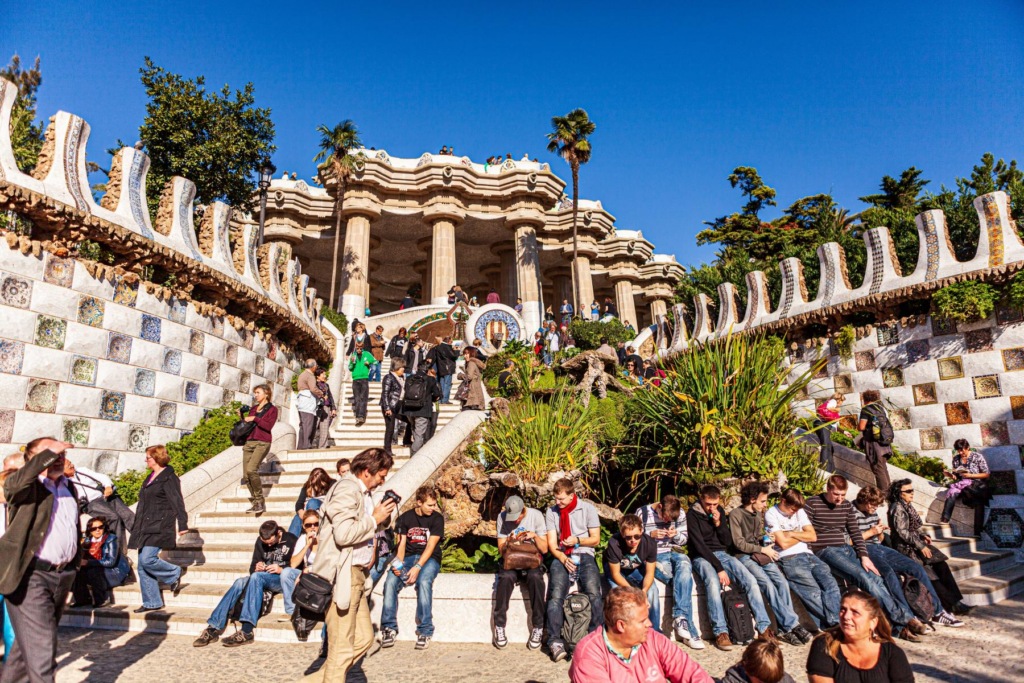
Covering more than 17 hectares of Barcelona, Park Güell is one of the biggest green spaces in the city. Never fully finished, the buildings you see across the grounds are just a fraction of what was meant to be built. Despite that, it is still one of Barcelona’s most popular tourist destinations, with many flocking to see the famous architecture, including the stunning mosaic bench overlooking the city, and the home where Antoni Gaudí lived between 1901 and 1925.
